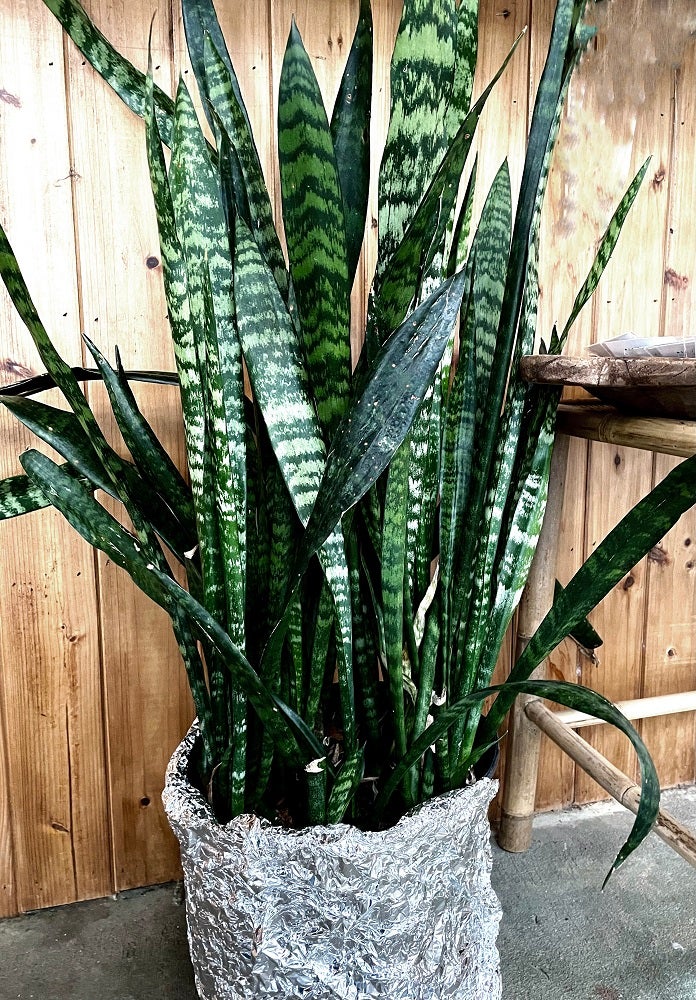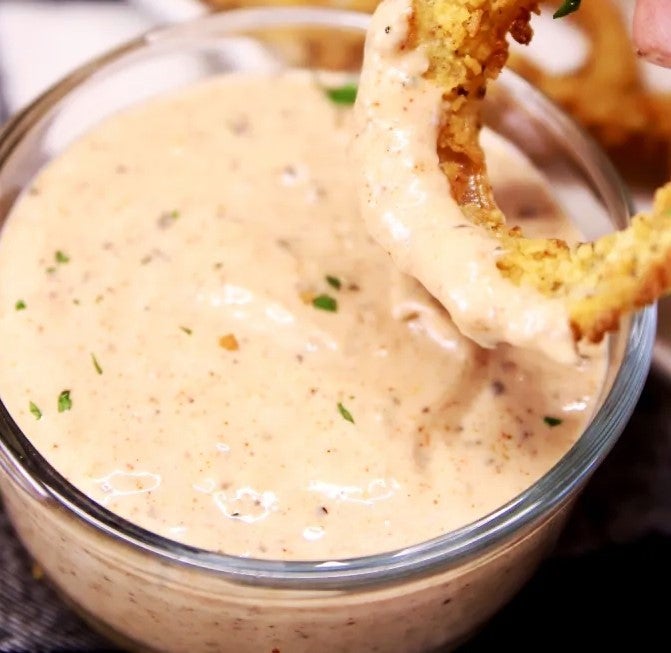Farm pond fish kills can affect population
Published 7:00 am Wednesday, June 21, 2017
By Dr. Eddie Smith
Occasionally, a fish kill occurs in farm ponds because of water quality problems, infectious disease, swarming fire ants (in the spring), or misused agricultural chemicals (pesticides).
In some cases, the losses may be enough to affect the balance of the fish population. Get professional help to evaluate the fish population balance after a fish kill. In many cases, a phone call will provide enough information.
By far the most frequent cause of fish kills in farm ponds is low oxygen, which is the result of two separate phenomena in ponds. The first is simple oxygen depletion, which usually occurs July through September in the time of highest water temperature. Die-offs caused by low dissolved oxygen levels result from natural biological processes, and preventive measures are rarely effcient except for running an expensive aerator every night.
Following are factors that can contribute to low oxygen levels:
• Dense plankton blooms or dense stands of pond weeds.
• Several days of cloudy weather that reduce plant oxygen production.
• High temperatures, which decrease the solubility of oxygen in water and increase oxygen consumption by plants and animals.
• Sudden die-off of plants or algae, especially associated with herbicide use.
• Unusual weather patterns, such as storm fronts and heavy, cold rain.
• Overstocking fish, excessive fertilization, or high feeding rates.
• Input of organic matter, such as hay, straw, or cottonseed meal for turbidity or algae control, and materials such as animal manure or sewage.
Another condition, often called “pond turnover,” can occur after heavy cold rains in late spring to early fall when temperatures drop suddenly. During calm, hot days, the pond develops temperature layers called “stratification.”
The layer of water at the surface is exposed to the sun and warms quickly. This warm layer weighs less than the cool water below, so these layers do not mix.
Surface layers contain high levels of oxygen produced by the phytoplankton. The cooler bottom layers are cut off from the surface layers and their sources of oxygen, so oxygen levels drop over time because of normal biological processes.
In fact, these deep waters can actually develop an “oxygen demand,” which is like having negative oxygen levels. When a heavy, cold rain enters the pond, or when there are sustained high winds, it mixes the two layers of water. When this occurs, oxygen levels throughout the pond may drop too low for fish to survive.
A severe mixing event can kill nearly every fish larger than an inch or two in one night. It is not uncommon to find large dead fish on dry land in the watershed above the pond following a turnover. These fish swam up the incoming rain waters seeking oxygen. Adult fish die first, and intermediate-sized fish follow if the oxygen levels are too low or if low oxygen conditions continue for many days.
Usually, by the time you recognize there is an oxygen problem, it is too late to save your fish. But an early symptom of a low-dissolved oxygen level is fish at the surface of the pond at sunrise.
Fish appear to be “gasping for air.” If you discover the low oxygen event early enough, you may be able to save some fish by using emergency aeration. A powerhouse-type aerator works great, but most people don’t have access to aquaculture equipment. You can back a boat with an outboard motor halfway into the pond and tilt the motor at a 45-degree angle to the water surface. Run the motor at high speed to move a “rooster tail” of water into the air and across the pond. Any technique that mixes water and air can help provide an oxygen refuge for fish.
Following a severe fish kill, some fingerling fish usually survive, but overcrowding bream tends to follow. After a severe fish kill, contact a fisheries biologist to assess the status of your fish population.




